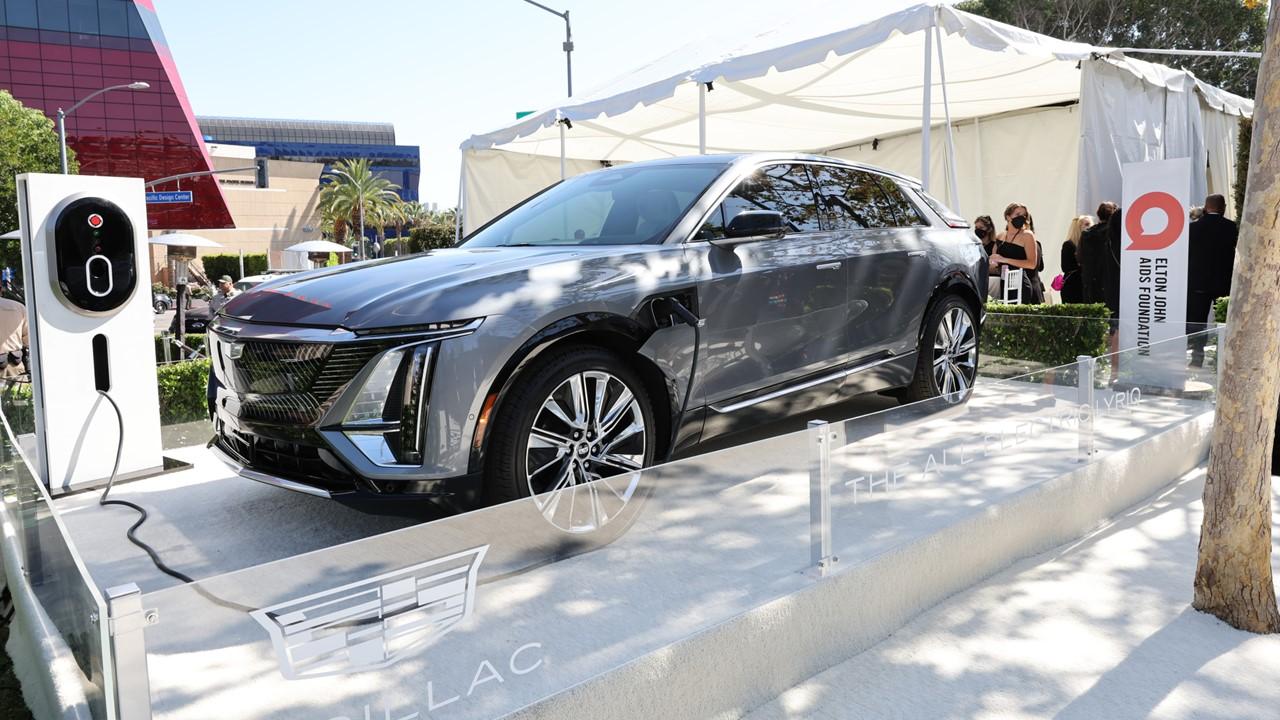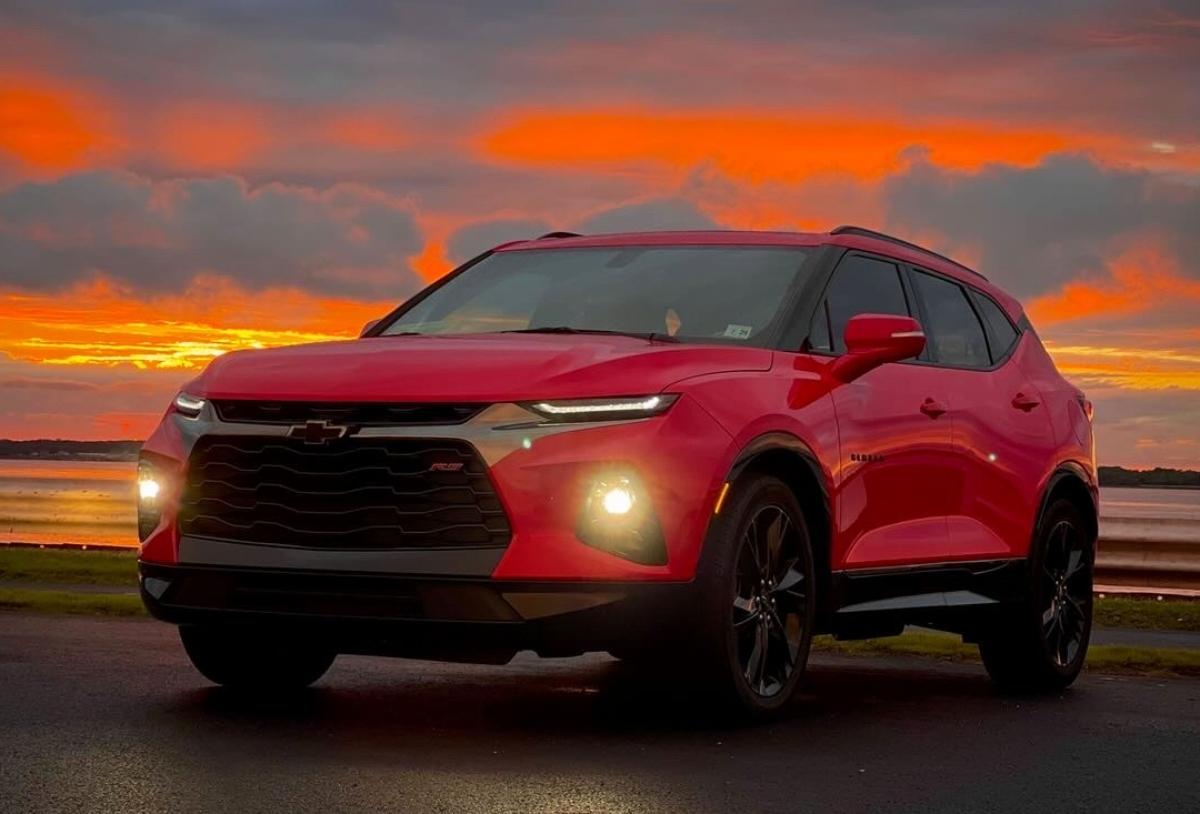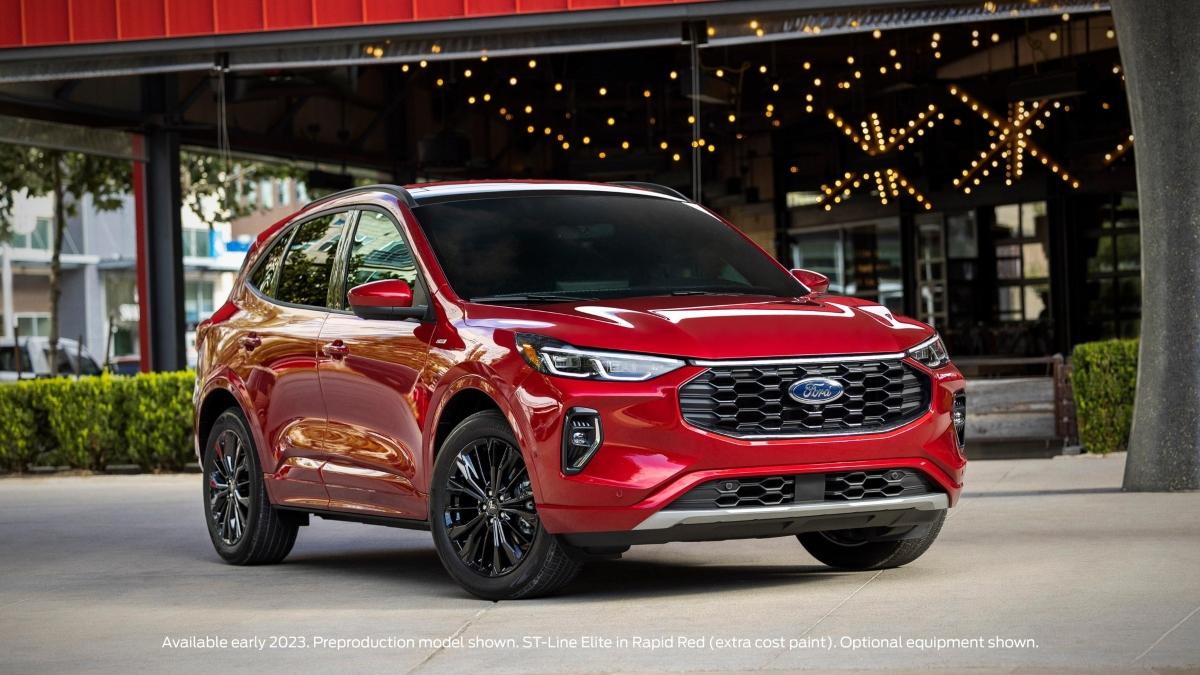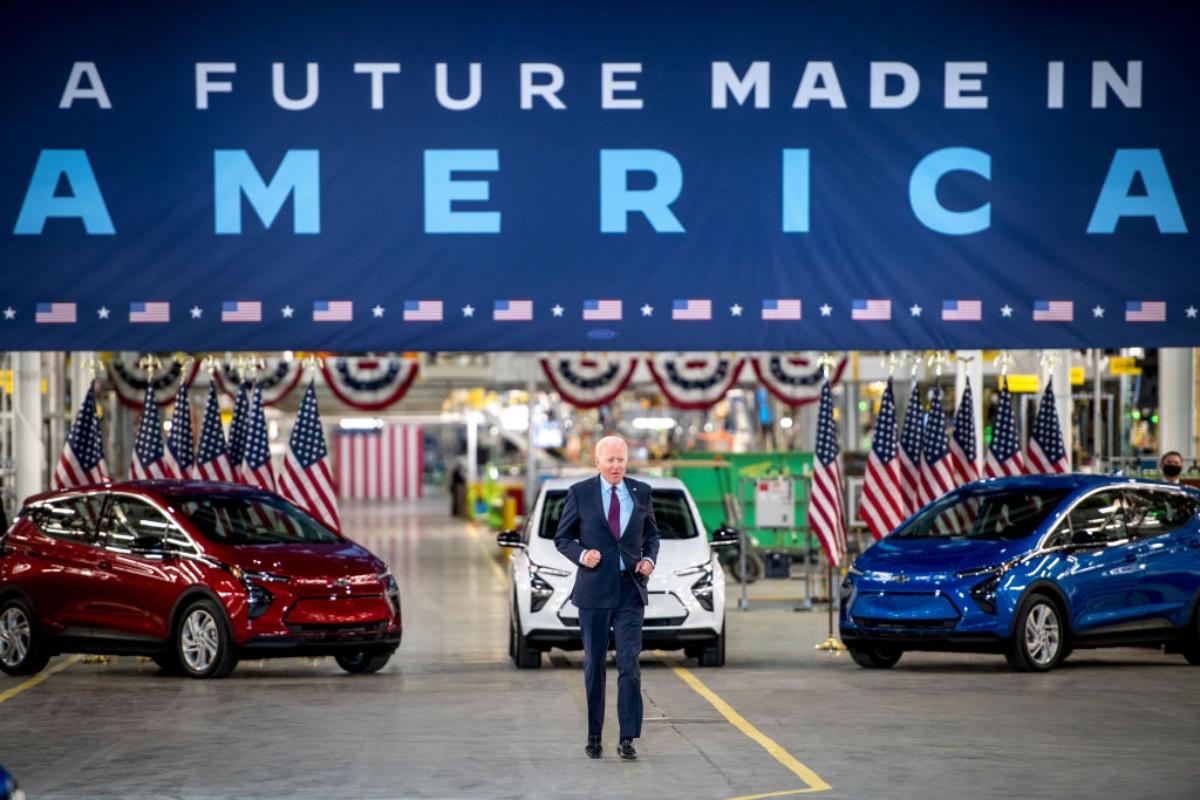Fewer EVs Now Qualify for the Full EV Tax Credit — Shop Wisely
Which EVs qualify for the full EV tax credit? Not all EVs meet requirements for a $7,500 tax credit, but here are some that do. We've got the details.
April 18 2023, Published 3:36 p.m. ET

The 2022-2023 Tesla Model Y qualifies for the full EV tax credit.
- Which EVs qualify for the full EV tax credit?
- Why aren't all EVs eligible for the EV tax credit?
- Some vehicles qualify for a partial tax credit.
- Keep in mind there are income guidelines to qualify for the EV tax credit.
- Used EVs also qualify for a partial tax credit.
- How will the EV tax credit qualifications change in years to come?
For Americans who may be in the market for a new electric vehicle, knowing how the federal tax credits on EVs work could save you a lot of money. Your EV purchase could come with an attractive new EV tax credit in 2023, but some EVs have dropped off the eligibility list. Here's a look at which EVs qualify for the full EV tax credit now.
As CNN Business reports, the U.S. Treasury Department has updated its guidance on which electric vehicles qualify for a full federal tax credit in 2023. Changes to the list of qualifying EVs are due to the Inflation Reduction Act, which was signed by President Biden in 2022. Buyers of EVs on the list could receive tax credits worth thousands of dollars.

The 2023-2024 Cadillac Lyriq qualifies for the full EV tax credit
Which EVs qualify for the full EV tax credit?
Most of the electric vehicles that will net you a $7,500 tax credit are made by either Ford, General Motors, Stellantis, or Tesla. Most of the brands that didn't make the cut for this year's tax credit are foreign brands including Hyundai and Nissan. That doesn't mean EVs won't be added as manufacturers adjust to meet the government's requirements.
Here are the EVs that currently qualify for the full $7,500 EV tax credit:
- 2023–2024 Cadillac Lyriq
- 2022–2023 Chevrolet Bolt
- 2022–2023 Chevrolet Bolt EUV
- 2024 Chevrolet Blazer
- 2024 Chevrolet Equinox
- 2024 Chevrolet Silverado EV
- 2022–2023 Chrysler Pacifica PHEV
- 2022–2023 Ford F-150 Lightning
- Lincoln Aviator Grand Touring PHEV
- 2022–2023 Tesla Model 3 Performance Only
- 2022–2023 Tesla Model Y AWD, Long Range, and Performance

The 2024 Chevrolet Blazer qualifies for the full EV tax credit.
Why aren't all EVs eligible for the EV tax credit?
As Consumer Reports explained, the new tax credit rule stems from the Inflation Reduction Act. To qualify, vehicles must be manufactured in North America. SUVs must have an MSRP below $80,000, while sedans, wagons, and hatchbacks must have an MSRP below $55,000.
The $7,500 tax credit is divided into two parts: the battery component requirement and the critical mineral requirement. For the first $3,750 tax credit, 50 percent of battery components must be produced or assembled in North America. For the second $3,750 tax credit, at least 40 percent of critical battery minerals must be extracted or processed in the U.S., or in a free-trade agreement partner country, or made from North American recycled materials.

The Ford Escape PHEV qualifies for a partial tax credit.
Some vehicles qualify for a partial tax credit.
The electric vehicles that qualify for a $3,750 EV tax credit are:
- 2022–2023 Ford Escape PHEV
- 2022–2023 Ford E-Transit
- 2022–2023 Ford Mustang Mach-E
- 2022–2023 Jeep Wrangler 4xe PHEV
- 2022–2023 Jeep Grand Cherokee 4xe PHEV
- 2022–2023 Lincoln Corsair Grand Touring PHEV
- 2022–2023 Tesla Model 3 standard range rear-wheel drive only
Keep in mind there are income guidelines to qualify for the EV tax credit.
Households purchasing a new EV can have an adjusted gross income of up to $300,000. Individual income must be below $150,000, and heads of household income must be below $225,000 to qualify for the new EV tax credit. Leases may have different requirements.

Used EVs also qualify for a partial tax credit.
Purchasing a used EV will get the buyer a tax credit that is either $4,000 or 30 percent of the vehicle's sale price (whichever is lower). Some other rules apply: you must buy from a dealership rather than conducting a private purchase. The EV also can't have been resold after August 16, 2022.
Income guidelines for buyers of used EVs are half the limits for buying new EVs: $150,000 for joint filers, $112,500 for head of household, and $75,000 for individual filers. Buyers may find this to be a simplified process for tax time. It will help them avoid worrying about where the car was made or battery sourced with used EVs.
How will the EV tax credit qualifications change in years to come?
Consumer Reports notes that as of Dec. 31, 2023, vehicles with components from countries considered "foreign entities of concern" won't qualify, but the list of those countries isn't available right now. Also, tax credit requirements will only get stricter, generally increasing the percentages for each category by 10 percent annually. (By 2027, the rules about battery components will be at 90 percent, and the rules about critical minerals at 80 percent.)
